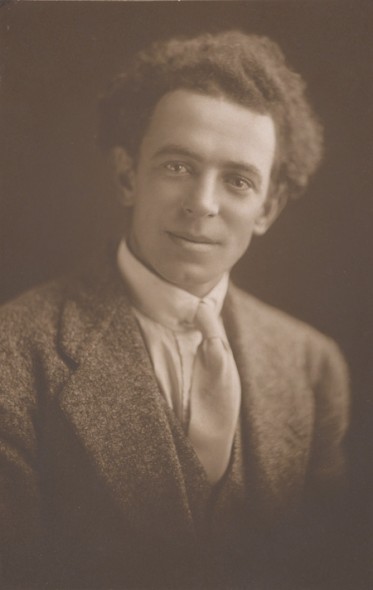Photographer Frank Hurley: World War I Photo Collection
Portrait of famed Australian Photographer and Photo-artist Frank Hurley (circa 1910). Described by friends as a practical joker, and a risk-taker for the best shot, Hurley was obsessed with technical excellence and perfection of his craft.
James Francis Hurley was born on 15th October, 1885 in NSW Australia.
In 1902 at age 17 he bought his first camera, an early Kodak box camera, and in his 20’s he was working in Sydney producing picture post cards. He first exhibited his own photographs in 1910. A year later the Australasian Antarctic Expedition invited him to serve as photographer for their expedition. Between 1911 and 1932 Frank Hurley visited Antarctica six times.
These photographs remain stunning and a great example of early photo-journalism.
The Great War Years
During 1914 through 1916 Hurley was a member of Shackleton’s British-trans Antarctic Expedition. One of the results of which is the famous pictures taken whilst The Endurance was crushed by pack ice.
The war in Europe had been in progress for 2 years when he returned to Australia. Always wanting to be where there was action he enlisted in the Australian Imperial Force in 1917 as a captain [Hon.] and official photographer. He served in Belgium, France and Palestine arriving in time to record the horrific results of the third battle of Ypres. Hurley said that he found Ypres ‘a weird and wonderful sight, with the destruction wildly beautiful’. It was in these places where the pictures displayed on this site were photographed and processed.
Hurley used the Autochrome and Pagel process to produce color pictures. Because of the slow film speed he was unable to take action shots in color. So being a superb technician he manipulated and combined black and white negatives with color negatives in order to create positives having some of the drama that is characteristic of his photography.
Hurley’s processing techniques gained him notoriety principally because the authorities did not think that ‘fake photos’ were really representative of the war. Hurley risked his life trying to get the pictures that would portray the scenes realistically and his frustration led him to use the highly controversial practice of montaging to create composite battle scenes. He was allowed to exhibit 6 of these multi-negative color pictures provided that they were captioned as such. In later years the captions disappeared.
Hurley’s mixed negatives have been controversial and criticized by some who feel this artist license is an assault on the nature of photography and photo-realism.
It was whilst he was in Palestine that he learned to fly. This opened up to him the world of aerial photography enabling him to capture such dramatic imagery of the battle of Jericho where the Australian Light Horse was then fighting.
After World War 1
At the end of WW1 Frank Hurley was in Cairo. It was there that he met and married Antoinette Rosalind Leighton, an opera singer. In the 1920s and 30s he filmed extensively in New Guinea, Australia and around the world. During World War 2 he was a photojournalist with the AIF and was awarded an OBE in 1941. He pioneered documentary film making and aerial photography. He was a ‘loner’ who wrote diaries and books. He was in constant conflict with authority and never stopped working. His daughter Adelie Hurley, one of his four children, became Australia’s first female press photographer.
Frank Hurley passed away in 1962 in Australia.
His photographs of World War I remain one of the most iconic and enduring first-hand images of the Great War ever documented.
An Afterword
In the Frank Hurley collection at the National Library of Australia, there are 10,999 glass negatives, plastic negatives, color transparencies, lantern slides, and stereographs that have been fully catalogued and digitized. The collection covers photographs of Hurley’s trips to Antarctica; as official photographer during World War I 1914–1918; later travels in the Middle East and Egypt; as official photographer during World War II 1939–1945; Papua and New Guinea; Australian scenery, industries and social life and customs.
View Frank Hurley’s Complete World War 1 Photo Collection